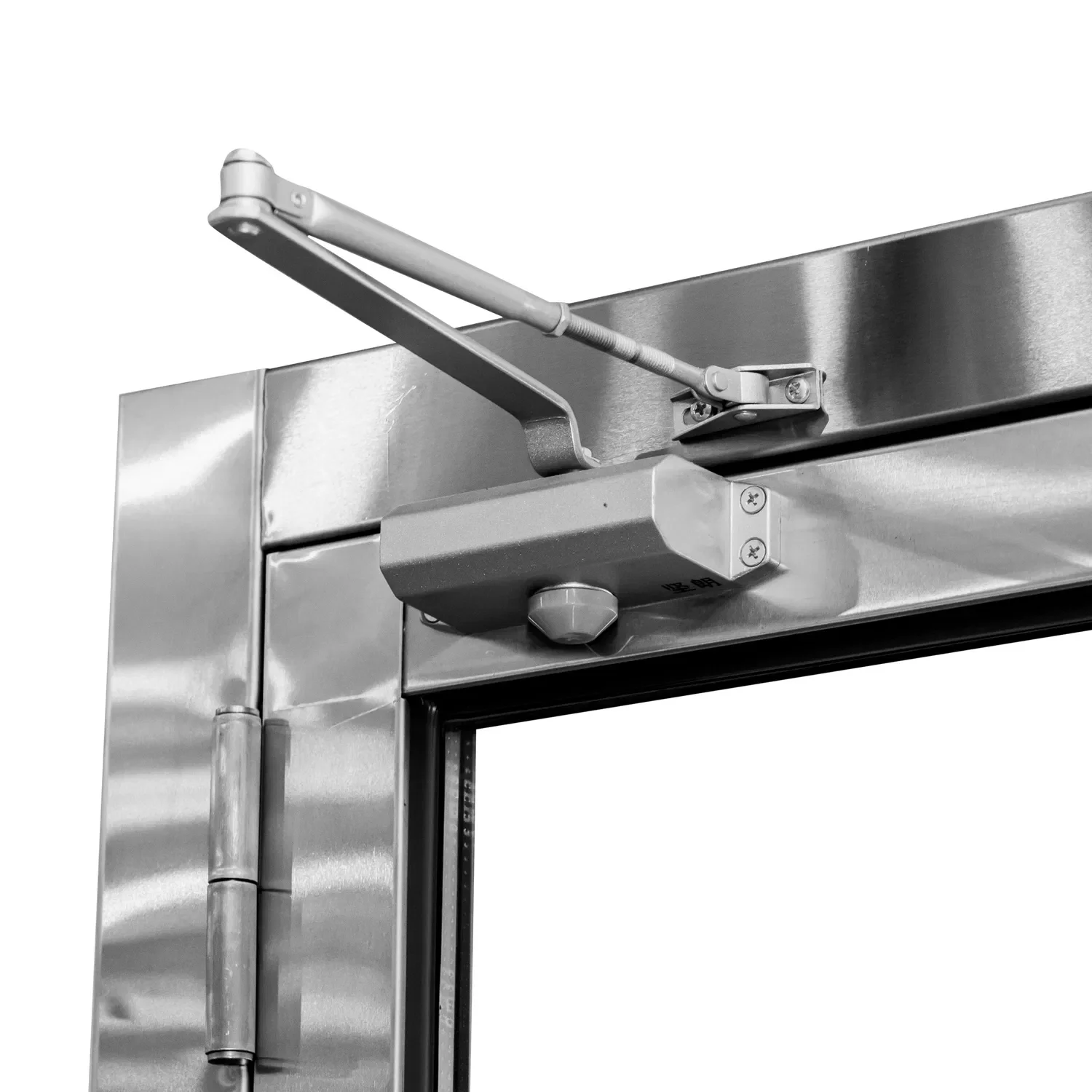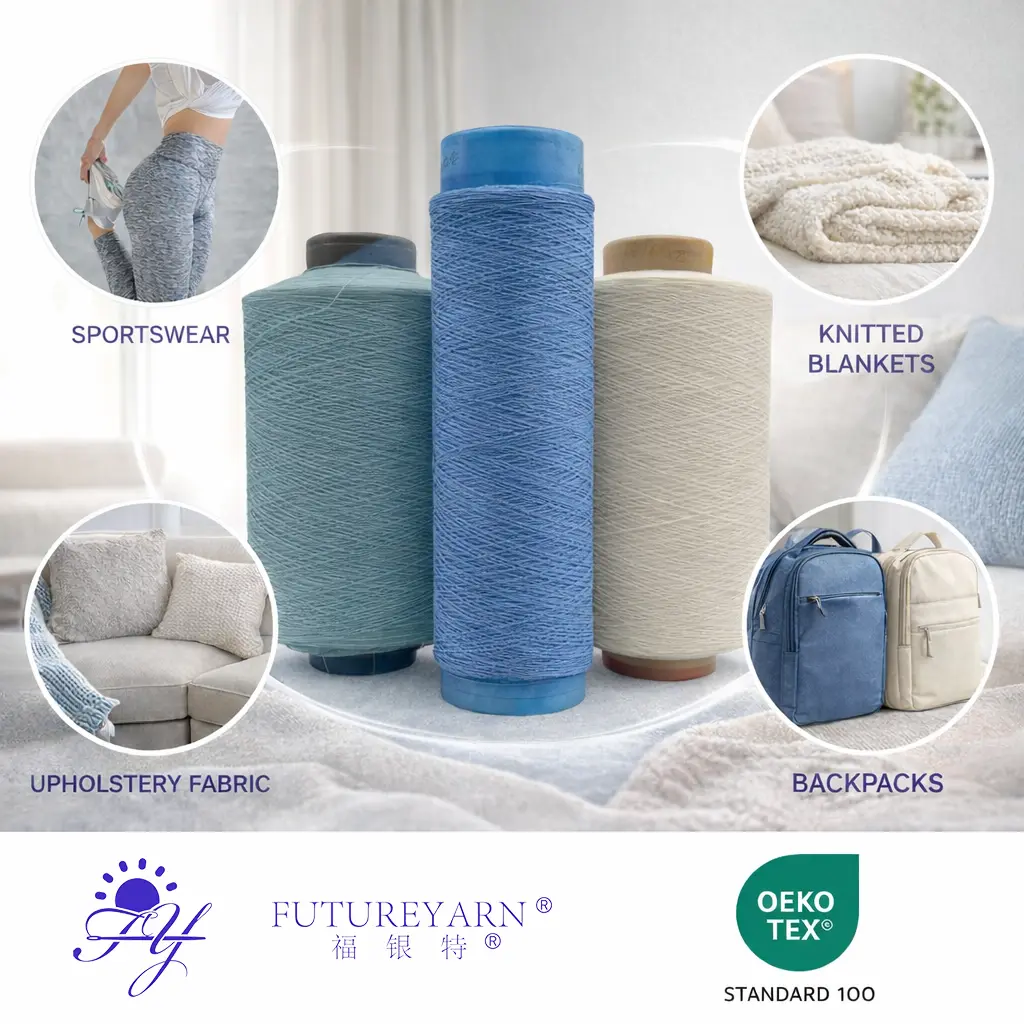When it comes to insulation materials, the quest for efficiency, sustainability, and cost-effectiveness is paramount. Among the various options available, Styrofoam—technically known as expanded polystyrene (EPS)—has garnered significant attention for its insulating properties. But is Styrofoam truly a good insulator for heat? This article delves into the science behind Styrofoam's thermal insulation capabilities, its applications, and the environmental considerations that come into play.
Understanding Thermal Insulation
Before we assess Styrofoam's effectiveness, it's essential to understand what thermal insulation entails. Thermal insulation is the process of reducing heat transfer between objects in thermal contact or within the range of radiative influence. The effectiveness of an insulating material is often quantified by its R-value, which measures resistance to heat flow. The higher the R-value, the better the material insulates.
Styrofoam's Thermal Properties
Styrofoam boasts a relatively high R-value, typically ranging from 3.6 to 4.2 per inch of thickness. This makes it a competitive option among common insulating materials. The structure of Styrofoam, composed of numerous tiny air pockets, plays a crucial role in its insulating properties. Air is a poor conductor of heat, and the trapped air within Styrofoam minimizes heat transfer through conduction and convection.
Conduction and Convection
- Conduction: This is the process by which heat is transferred through a material. Styrofoam's low thermal conductivity (approximately 0.03 W/m·K) means that it resists heat flow effectively. This property makes it suitable for applications where maintaining temperature is critical, such as in building insulation and refrigeration.
- Convection: Involves the transfer of heat through fluids (liquids and gases). Styrofoam's structure inhibits convective heat transfer by trapping air, which further enhances its insulating capabilities. This is particularly beneficial in environments where temperature fluctuations are common.
Applications of Styrofoam Insulation
Styrofoam is widely used in various applications due to its favorable thermal properties:
- Building Insulation: Styrofoam panels are commonly used in walls, roofs, and foundations. Their lightweight nature and ease of installation make them a popular choice among builders and architects.
- Packaging: Styrofoam is often employed in packaging sensitive items, such as electronics and perishable goods, due to its ability to maintain temperature and protect against shock.
- Coolers and Refrigerators: The insulation properties of Styrofoam make it ideal for use in coolers, ensuring that contents remain cold for extended periods.
Environmental Considerations
While Styrofoam is an effective insulator, its environmental impact cannot be overlooked. The production of Styrofoam involves the use of petroleum-based products, raising concerns about sustainability. Additionally, Styrofoam is notoriously difficult to recycle, often ending up in landfills where it can persist for hundreds of years.
Alternatives to Styrofoam
In light of these environmental concerns, many are exploring alternative insulation materials that offer similar thermal properties with a lower ecological footprint. Options such as cellulose, sheep's wool, and recycled denim insulation are gaining traction. These materials not only provide effective thermal insulation but also contribute to a more sustainable building practice.
Conclusion: Is Styrofoam a Good Insulator for Heat?
In summary, Styrofoam is indeed a good insulator for heat, thanks to its high R-value and unique structural properties that minimize heat transfer through conduction and convection. Its widespread use in construction and packaging underscores its effectiveness in maintaining temperature. However, the environmental implications of Styrofoam production and disposal present a significant challenge.


